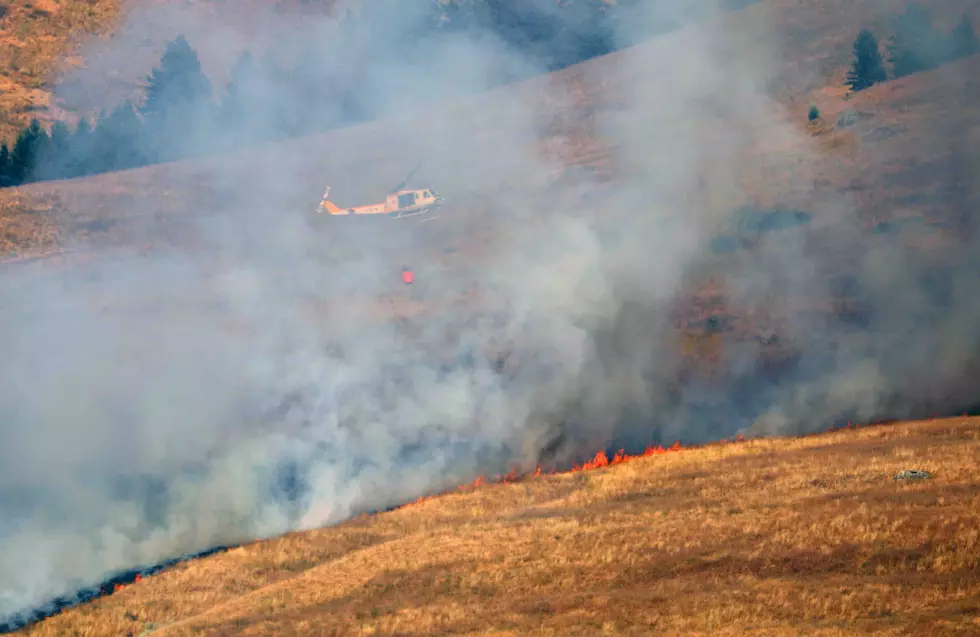
Missoula County to purchase, test decon unit for fire equipment to fight invasive aquatic species
Martin Kidston
(Missoula Current) Missoula County will serve as a test lab for a decontamination system intended to rid wildland firefighting equipment of invasive aquatic species, including mud snails and zebra mussels.
The state of Montana has taken steps in recent years to prevent such species from being transported from one water body to another with inspection stations set at key transportation routes around the country.
But some firefighting equipment can also pose a risk and like watercraft, the valves and hoses are often transported around the state and beyond.
“There are so many different components and pieces of equipment, but the most important pieces are the ones connecting to water – the intake hoses and intake foot valves that would be going into a water body and could potentially be infested,” said Bryce Christiaens, manager of the Missoula County Weed District.
To prevent the transport of aquatic invasive species, Missoula County on Tuesday approved a service agreement with Clean Wake LLC. The company, based in Salt Lake City, specializes in watercraft decontamination equipment.
Clean Wake was founded roughly four years ago to stop the spread of aquatic invasive species, primarily in Lake Mead. The agreement with the county charges the company to develop a prototype that can work on wildland fire equipment.
“As fire crews are pulling water from a local source, there's no way to decontaminate the foot valves and hoses – the equipment they're pulling water with to put out the fire,” said Christiaens. “It's not so much a concern of them transporting aquatic invasive species once they're dumping water on fire. But there is a potential that a foot valve can have mussels attached and can be moved to another part of the country that then could introduce an aquatic invasive species.”
At lease in boats, the company has developed a large tank that holds hot water with a filtration system that flushes a boat's intact system. The result “took the guess work” out of state officials climbing around boats looking for signs of infection, the company claims.
Christiaens said Clean Wake will deliver its prototype to Missoula, where it will be available for local use on wildfires. It will also serve as a test for the system's ability to decontaminate fire equipment.
“There's a need to have an efficient way to have these decon units on site and decontaminating that equipment before it gets moved so we're not moving mud snails and zebra mussels around,” Christiaens said. “If it works well, the BLM and the Forest Service may be ready to move forward with some significant purchases.”
On the local level, the equipment would be available to the Forest Service, the Montana Department of Natural Resources and Conservation, and the Confederated Salish and Kootenai Tribes.
If it proves successful, the goal is that other agencies in other regions of the county would purchase the system, creating something of a national network of decontamination equipment. That could go far in preventing the spread of invasive aquatic species, which can hard to remove once they infest a water body.
“The hope is that once we have proof of concept and have the prototype in hand, we can show people how effective it is,” Christiaens said. “There would be many of these things purchased around the country so we wouldn't have to be moving these things as much.”
Fire crews often draw water from standing water bodies, including rivers, ponds and lakes, to use in their firefighting efforts. Christiaens said the decontamination system would focus on equipment “between the water and the pumping truck.”
The goal is to deliver the system at $9,000 or less.
“They'll be designing and engineering this new unit and will provide one prototype for the county to test out,” Christiaens said.
